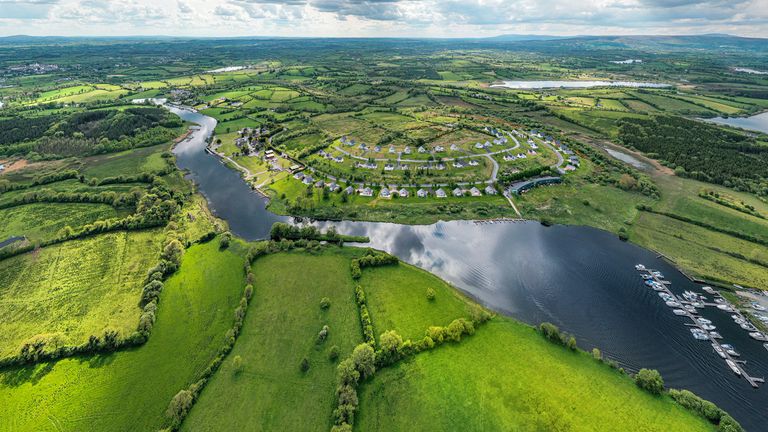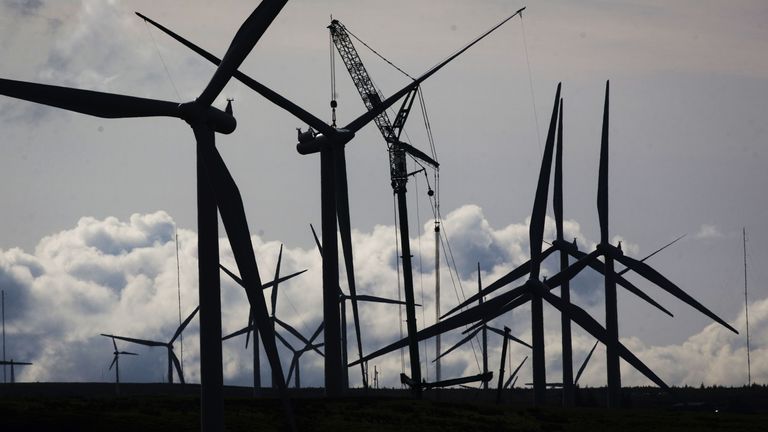
Carnivorous animals lack key genes needed to detect and respond to infection by pathogens, a study has found.
We’ve found that a whole cohort of inflammatory genes is missing in carnivores
Clare Bryant
Farming large numbers of carnivores, like mink, could allow the formation of undetected ‘disease reservoirs’, in which a pathogen could spread to many animals and mutate to become a risk to human health.
Research led by the University of Cambridge has discovered that carnivores have a defective immune system, which makes them likely to be asymptomatic carriers of disease-causing pathogens.
Three key genes in carnivores that are critical for gut health were found to have lost their function. If these genes were working, they would produce protein complexes called inflammasomes to activate inflammatory responses and fight off pathogens. The study is published today in the journal Cell Reports.
The researchers say that the carnivorous diet, which is high in protein, is thought to have antimicrobial properties that could compensate for the loss of these immune pathways in carnivores – any gut infection is expelled by the production of diarrhoea. But the immune deficiency means that other pathogens can reside undetected elsewhere in these animals.
“We’ve found that a whole cohort of inflammatory genes is missing in carnivores – we didn’t expect this at all,” said Professor Clare Bryant in the University of Cambridge’s Department of Veterinary Medicine, senior author of the paper.
She added: “We think that the lack of these functioning genes contributes to the ability of pathogens to hide undetected in carnivores, to potentially mutate and be transmitted becoming a human health risk.”
Zoonotic pathogens are those that live in animal hosts before jumping to infect humans. The COVID-19 pandemic, thought to originate in a wild animal, has shown the enormous damage that can be wrought by a novel human disease. Carnivores include mink, dogs, and cats, and are the biggest carriers of zoonotic pathogens.
Three genes appear to be in the process of being lost entirely in carnivores: the DNA is still present but it is not expressed, meaning they have become ‘pseudogenes’ and are not functioning. A third gene important for gut health has developed a unique mutation, causing two proteins called caspases to be fused together to change their function so they can no longer respond to some pathogens in the animal’s body.
“When you have a large population of farmed carnivorous animals, like mink, they can harbour a pathogen – like SARS-CoV-2 and others – and it can mutate because the immune system of the mink isn’t being activated. This could potentially spread into humans,” said Bryant.
The researchers say that the results are not a reason to be concerned about COVID-19 being spread by dogs and cats. There is no evidence that these domestic pets carry or transmit COVID-19. It is when large numbers of carnivores are kept together in close proximity that a large reservoir of the pathogen can build up amongst them, and potentially mutate.
This research was funded by Wellcome.
Reference
Digby, Z. et al: ‘Evolutionary loss of inflammasomes in the Carnivora and implications for the carriage of zoonotic infections.’ Cell Reports, August 2021. DOI: 10.1016/j.celrep.2021.109614

The text in this work is licensed under a Creative Commons Attribution 4.0 International License. Images, including our videos, are Copyright ©University of Cambridge and licensors/contributors as identified. All rights reserved. We make our image and video content available in a number of ways – as here, on our main website under its Terms and conditions, and on a range of channels including social media that permit your use and sharing of our content under their respective Terms.
















 source: www.cam.ac.uk
source: www.cam.ac.uk



